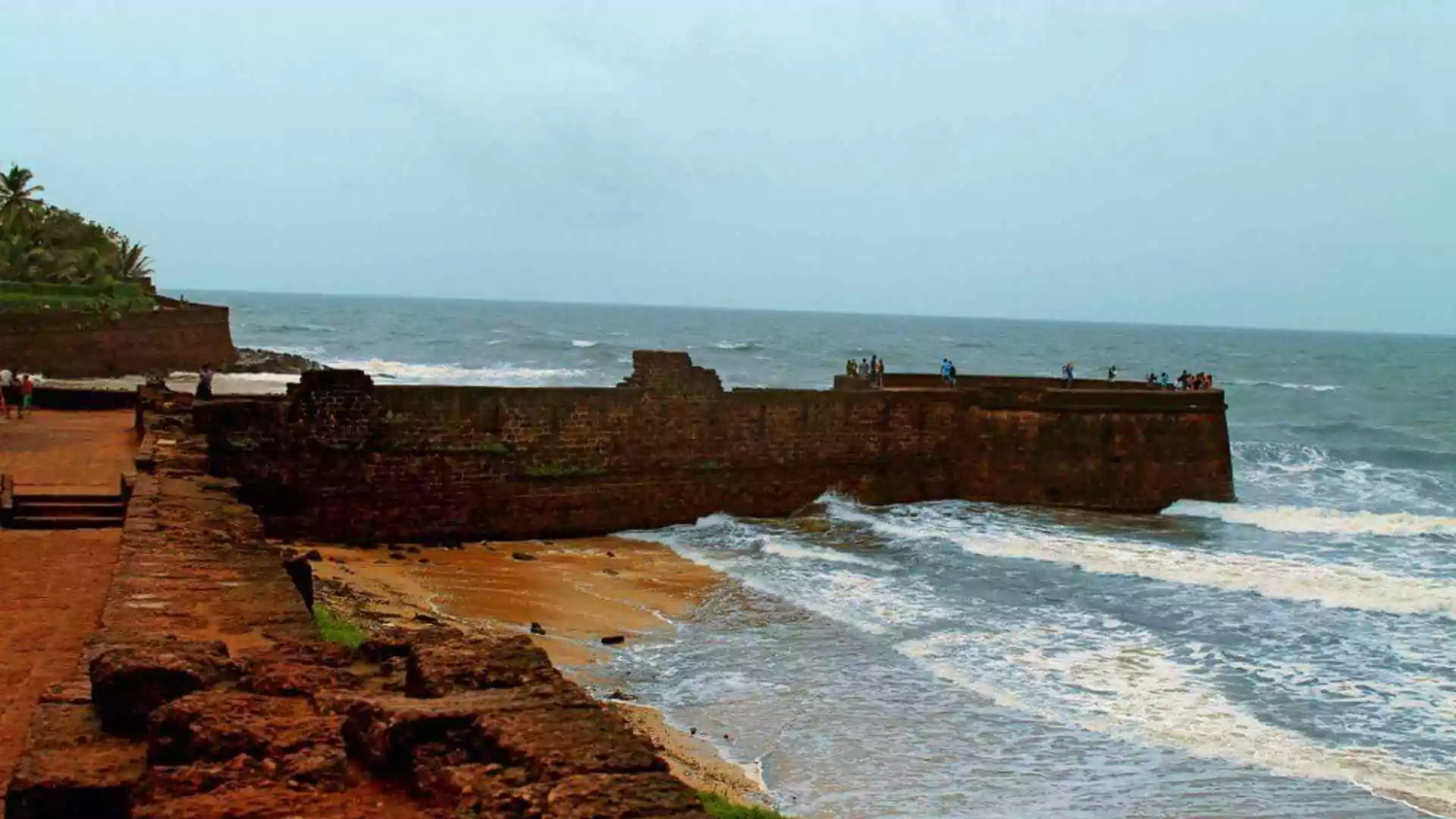Five soldiers, including a junior commissioned officer lost their lives during a tank exercise near Saser Brangsa. Two days after the incident, the Indian Meteorological Department (IMD) issued warning regarding the consistently rising water levels in the rivers of Ladakh. Several reports stated that the torrential waters of the River Shyok recently swept away a Russian-origin soldiers’ T-72 tank.
Ladakh’s IMD officials suggested that the consistent increase in the water levels in the rivers of Ladakh has largely occurred due to the onset of the monsoon season in the northern region of India. As a result, higher moisture levels along with localized rain showers have been noted across the region. This seasonal change has also resulted in rising temperatures across Ladakh and has accelerated the melting of snow and glaciers, subsequently increasing water levels in the local streams and rivers.
“Monsoon has onset over northern parts of the country including Ladakh due to which moisture level has increased leading to localised rain/shower. Temperature rose sharply across Ladakh leading to fast melting of snow and glaciers. As a result of which water levels in local streams (nallahs) & rivers have increased significantly,” warned a Leh office on Monday.
“Accordingly, all concerned and the general public are advised to remain alert, cautious & updated and avoid venturing near or into fast flowing water bodies as flash flood, mudslide and landslide happen almost every year in July-August,” IMD forecasted further rain and snow in the hilly areas of Ladakh from July 5 to 7. IMD stated that these conditions may lead to heavy showers that have the potential to trigger flash floods in the region, mudslides, as well as landslides in areas that are vulnerable. The IMD also issued advise for the residents of the region along with the officials to remain alert and to avoid fast-flowing water bodies. Additionally the IMD asked the residents to stay informed about weather updates to prevent any further incidents.
Also Read: How The New Criminal Laws Leave Indian Men Stripped Off Rights Against Sexual Harassment?
“There has been a continued rise of day temperatures which has led to fast melting of ice and glaciers because of which water levels in rivers like Shyok and Indus rose, and are still rising,” said Sonam Lotus, a scientist with IMD Leh. He noted that the rise in water levels during late June, July, and August is an annual occurrence following rainfall.
According to IMD data, Hunder Nubra has seen a significant rise in maximum temperatures since June 22, when the temperature was 15.5°C. The temperature surged to 24.1°C on June 27 and reached 26.5°C on June 28. During this period, humidity remained low. Ladakh recorded 14.1mm of rainfall in June, compared to the average of 2.7mm, with most of the rain occurring around June 20 and 21.
“This in combination with melting water from the glaciers may have contributed to the rise in water levels in the (Shyok) river,” Lotus explained.





















